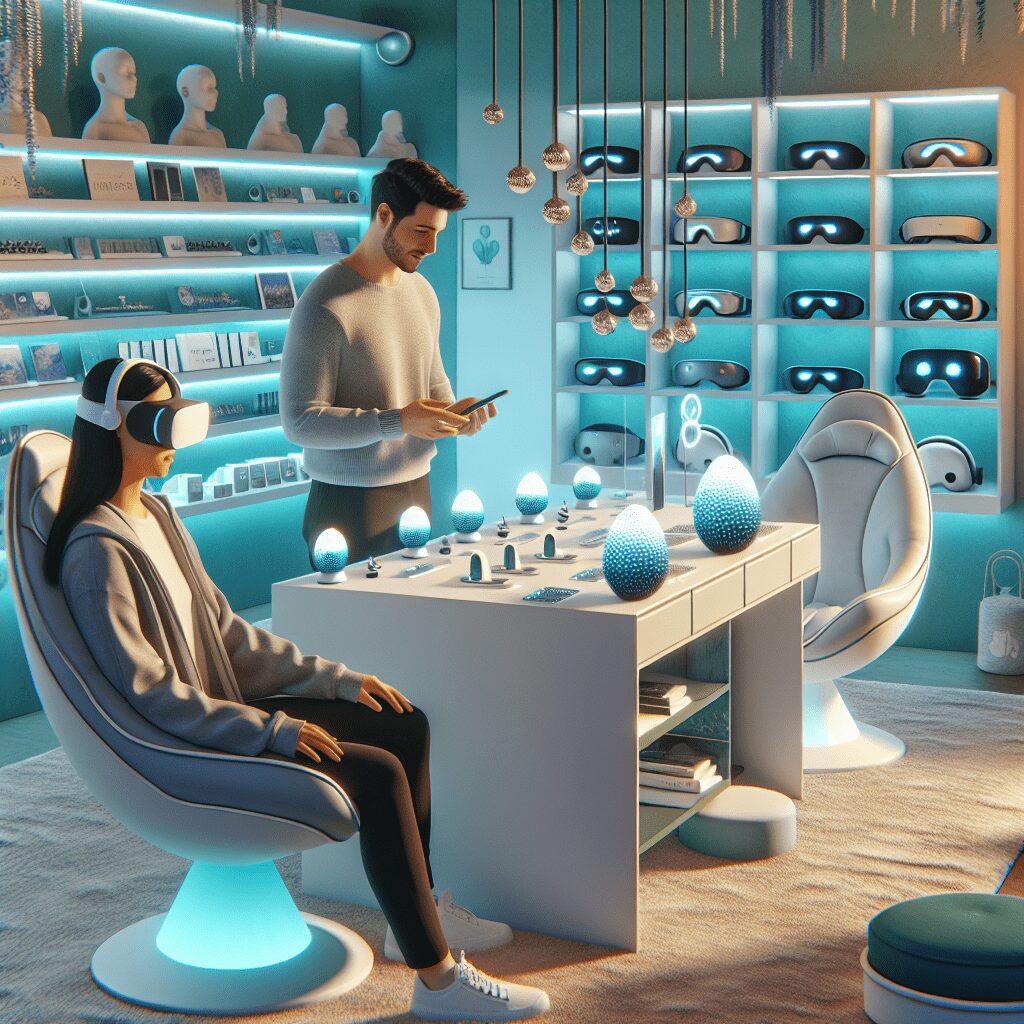
Prioritize your mental well-being daily. Enhance your life by nurturing your mental health with the Smart Meditation app. Break free from stress, alleviate anxiety, and enhance your sleep quality starting today.
Can You Have Social Anxiety And Autism?
Unraveling The Complex Web of Social Anxiety and Autism
In the intricate landscape of human psychology, where myriad conditions intersect, the question of whether one can have both social anxiety and autism is not just relevant but increasingly crucial. As we peer deeper into the mechanisms that underpin our social behaviors and cognitive processes, the relationship between social anxiety and autism presents a puzzle that’s both fascinating and complex.
The Intersection of Two Worlds
Autism Spectrum Disorder (ASD) and social anxiety disorder (SAD) are often viewed through separate lenses. Yet, when their paths cross, the overlap can be both profound and perplexing. Autism, a developmental disorder, is characterized by challenges in social interaction, communication, and by restricted and repetitive behavior. On the flip side, SAD, or social phobia, is a condition where intense anxiety or fear of being negatively evaluated or humiliated in social situations prevails. So, can these two seemingly distinct conditions co-exist? You betcha!
The Converging Lines
First off, it’s pivotal to understand that humans aren’t cookie-cutter models. The mind is a kaleidoscope, with each pattern unique to the individual. Here’s the rub:
-
Overlapping Symptoms: Both autism and social anxiety share a common ground in their symptomatology. Difficulty in understanding social cues, avoidance of social interactions, and a preference for solitude can serve as a crossroads where ASD and SAD intersect.
-
Double Trouble?: Studies have shown that individuals with autism are more prone to developing anxiety disorders, including social anxiety. It’s a bit like adding insult to injury – the challenges of ASD compounded by the intense fear and anxiety of SAD.
-
Diagnostic Dilemmas: This overlap often makes the diagnostic process akin to navigating a minefield. Professionals have to be astute in distinguishing between the inherent social difficulties associated with autism and the additional layer of anxiety that characterizes SAD.
Navigating Through The Maze
So, how does one tread through this tangled web? Knowledge and understanding are the first steps. Recognizing that social anxiety can be a co-occurring condition in individuals with autism opens doors to tailored interventions that can significantly improve the quality of life for those at the intersection of these conditions.
-
Personalized Therapy: Approaches like Cognitive Behavioral Therapy (CBT) can be customized to address the unique challenges faced by individuals experiencing both autism and social anxiety.
-
Skills Training: Social skills groups specifically designed for individuals on the autism spectrum can also address anxiety by providing safe spaces for practice and interaction.
-
Medication: While not a one-size-fits-all solution, medication can sometimes be beneficial in managing the symptoms of social anxiety.
A Ray of Hope
The intersection of social anxiety and autism, while complicated, is not insurmountable. With increasing research, awareness, and personalized care strategies, individuals facing these challenges can find pathways to more fulfilling social experiences and improved mental health. It’s a journey, undoubtedly, but one that’s gradually becoming less daunting as our understanding deepens.
In a nutshell, the query, “Can you have social anxiety and autism?” is met with a resounding affirmation. Yet, it’s not just a matter of co-existence but a nuanced interplay that demands a nuanced approach. As society strides toward greater inclusivity and understanding, the outlook for individuals navigating the overlap of ASD and SAD grows brighter by the day.





